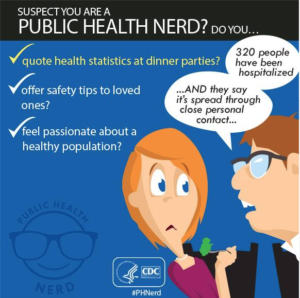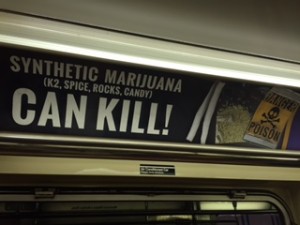Since social media has been a big part of my internship search, I felt I really needed to start to learn who was doing it effectively. Below are some great findings.
- I had no idea that there were healthcare influencers! I’ve long been familiar with Johns Hopkins School of Public health, as it’s a top ranked MPH and med school. Here is there Twitter. It was actually a little different than I would think it would be. It was very informative, and personally being in the public health field I thought it was interesting. However, it was really only for public health professionals and those in the research world. It was very research heavy and even I had a hard time understanding their stand alone tweets. Its funny because this was one of the major reasons I passed on the MPH track. It’s all well and good to have interesting information, but if its not tied to strong intervention or communications, its effects are limited. However, I was really impressed with the CDC and APHA, but they have way less followers.
CDC Social media
- The CDC had individual accounts for each health aliment which can be found here. I really liked the eHealth and Diabetes accounts. My favorite initiative is the “Public Health Nerd.” A great post is “ Suspect you are a public health nerd?” Very Creative! It doesn’t seem to be well maintained, and some of these posts are from 2013. When I checked Twitter for the#phnerd hashtag, there is a little activity, but very rarely is it linked back to the CDC. However, I’m glad I found it because people do seem to be really excited about public health. Using the hashtag I found some interesting public health Twitter accounts and organizations. There was one especially interesting organization called Lucky Iron Fish.

- Also worth checking out is the CDC’s instagram. I was impressed to see they have 200,000 followers! However, some posts were awkward pictures of their campaigns. I was not feeling the below pictures. They are a bit cheesy and it took away from the other amazing posts. My favorite was about a local Ebola Campaign. There was entirely too much text, but I liked the overall idea. Another great example was an up close and personal shot of bacteria.








